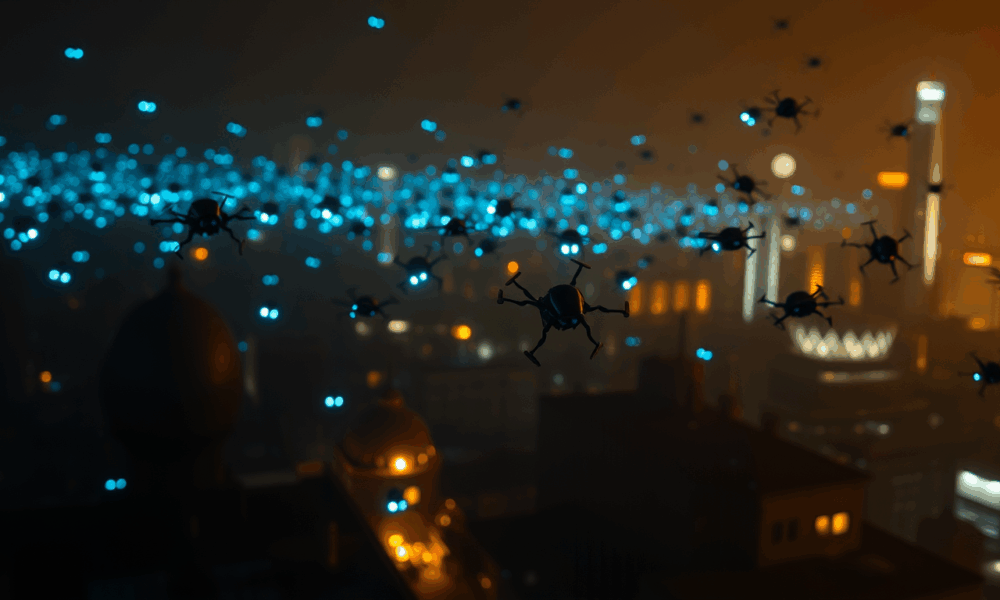


Scientists have designed swarms of microscopic robots that communicate and coordinate using sound waves, much like bees or birds. These self-organizing micromachines can adapt to their...
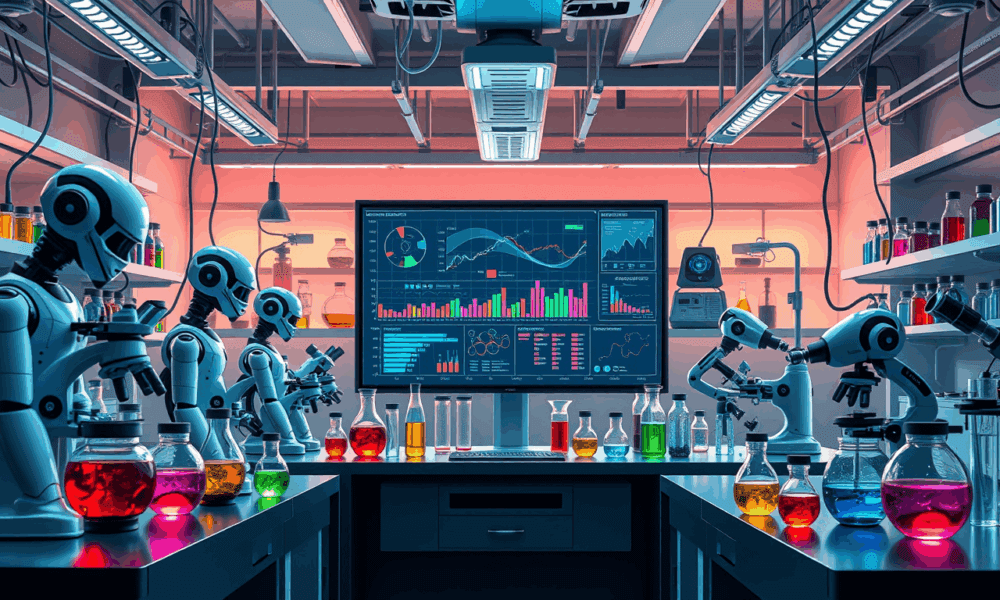


A new leap in lab automation is shaking up how scientists discover materials. By switching from slow, traditional methods to real-time, dynamic chemical experiments, researchers have...



Scientists at the University of Amsterdam discovered that our brains automatically understand how we can move through different environments—whether it's swimming in a lake or walking...
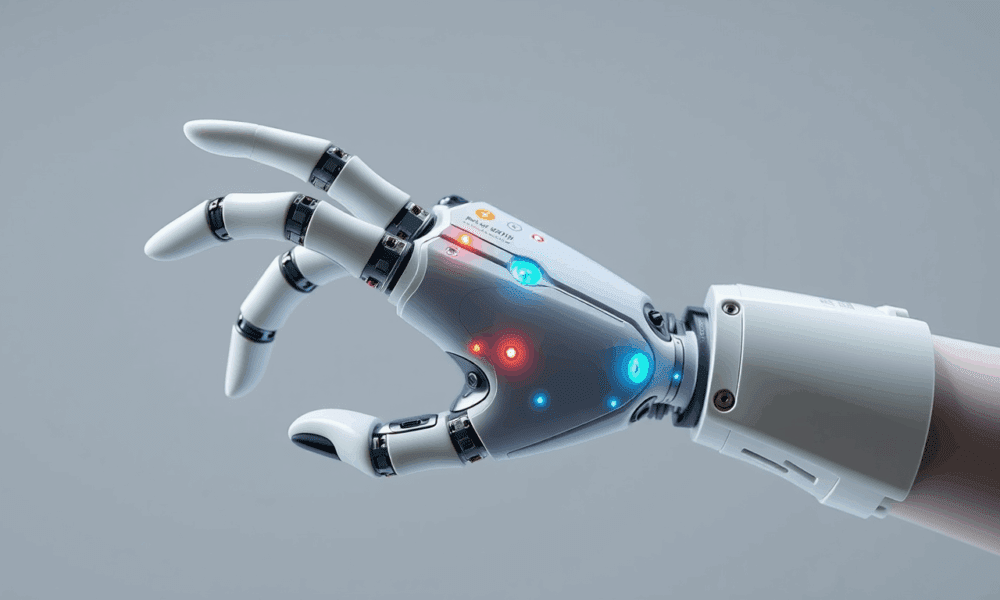
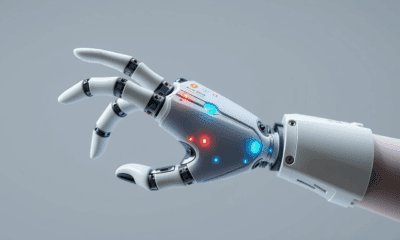

Researchers have created a revolutionary robotic skin that brings machines closer to human-like touch. Made from a flexible, low-cost gel material, this skin transforms the entire...

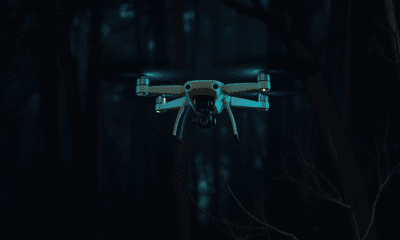

Unlike birds, which navigate unknown environments with remarkable speed and agility, drones typically rely on external guidance or pre-mapped routes. However, a groundbreaking development by Professor...
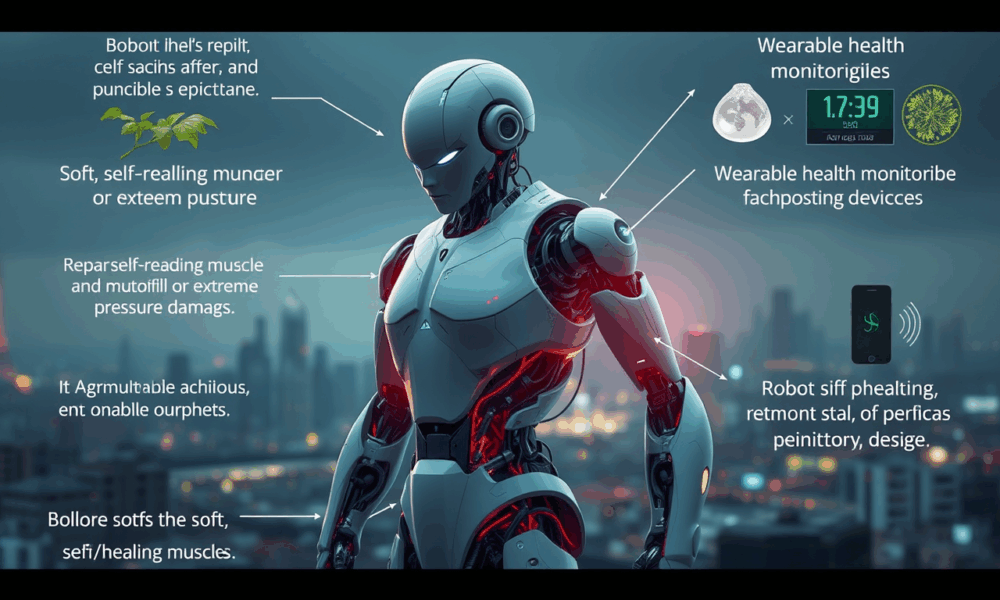
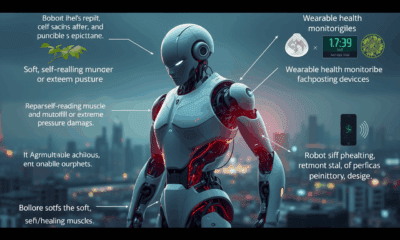

Students recently unveiled their invention of a robotic actuator -- the 'muscle' that converts energy into a robot's physical movement -- that has the ability to...
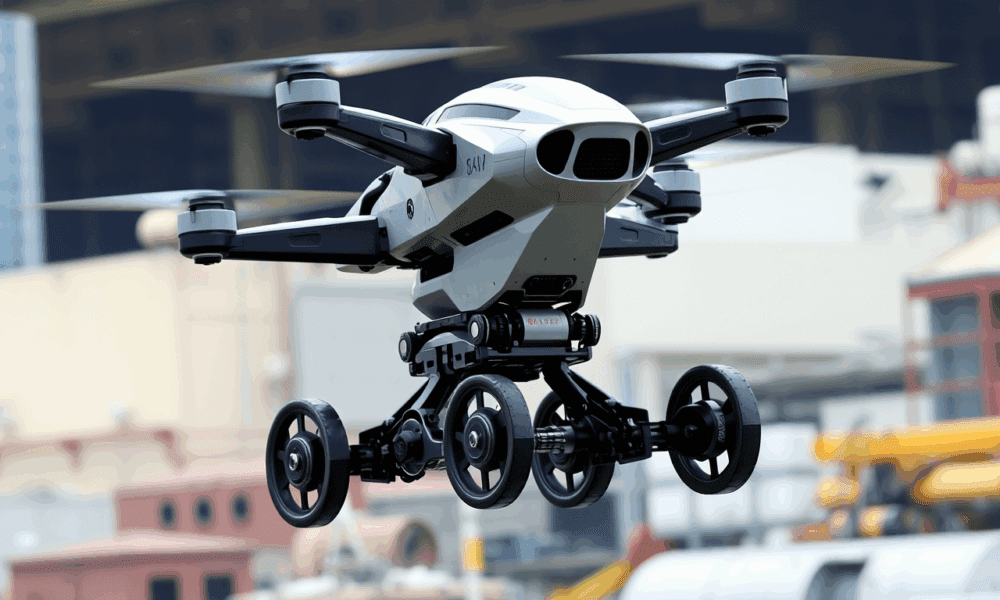


Engineers have developed a real-life Transformer that has the 'brains' to morph in midair, allowing the drone-like robot to smoothly roll away and begin its ground...
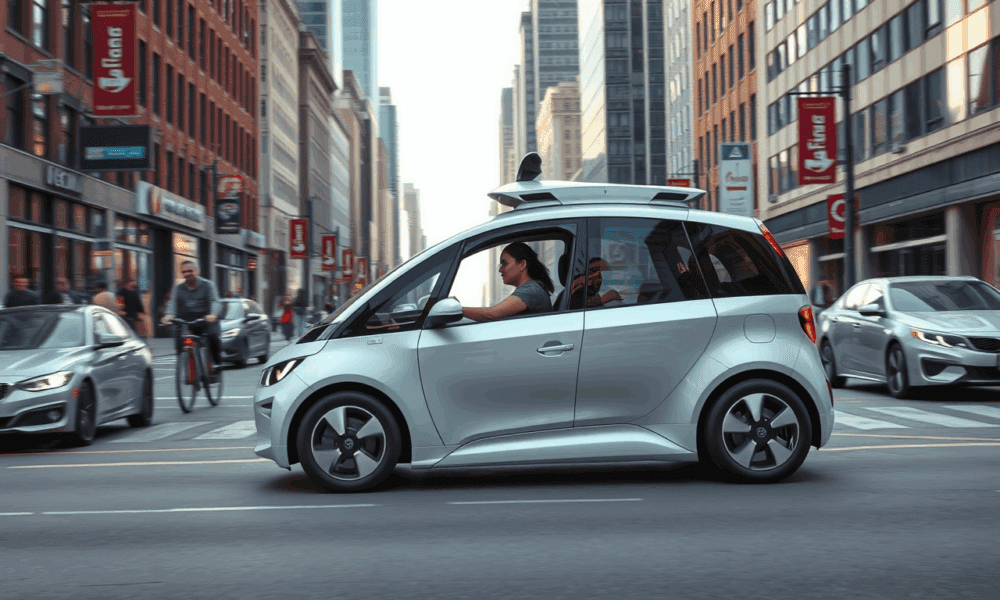
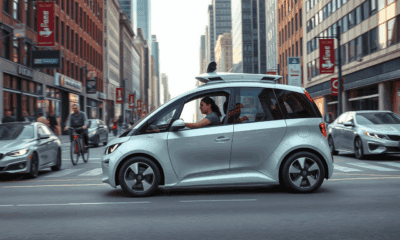

When it comes to public attitudes toward using self-driving cars, understanding how the vehicles work is important -- but so are less obvious characteristics like feelings...
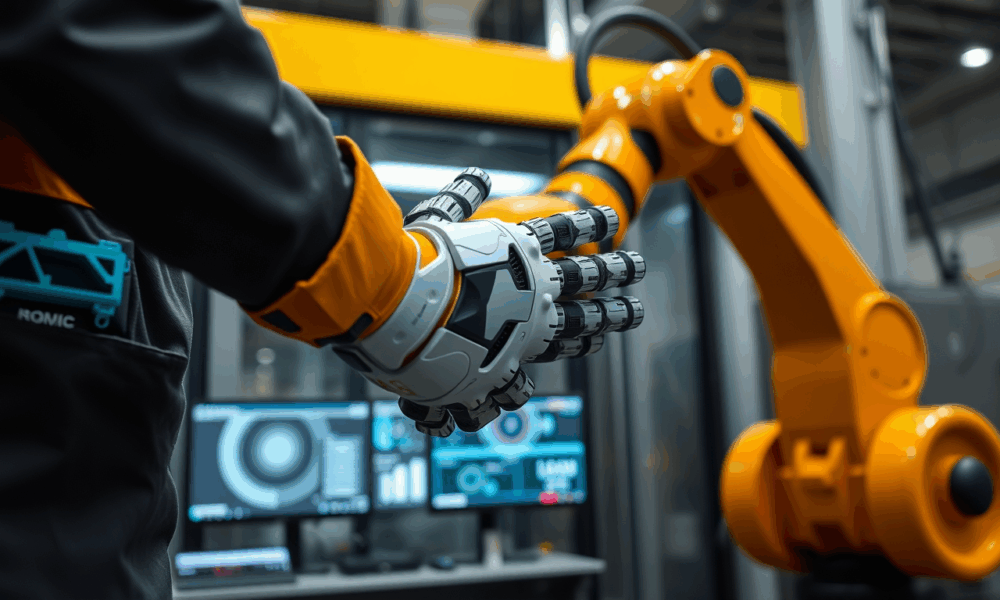
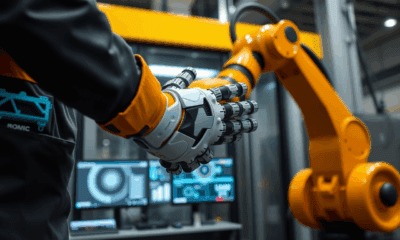

A research team has developed a novel haptic device designed to enhance both safety and efficiency for workers in industrial settings.
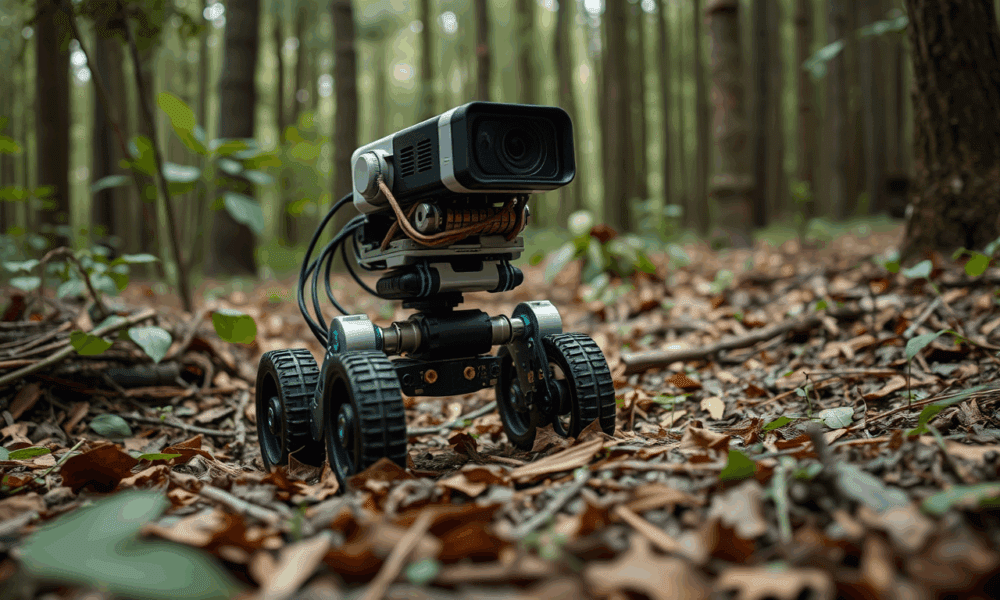
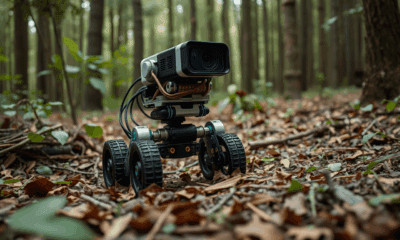

Researchers have developed a novel framework named WildFusion that fuses vision, vibration and touch to enable robots to 'sense' and navigate complex outdoor environments much like...